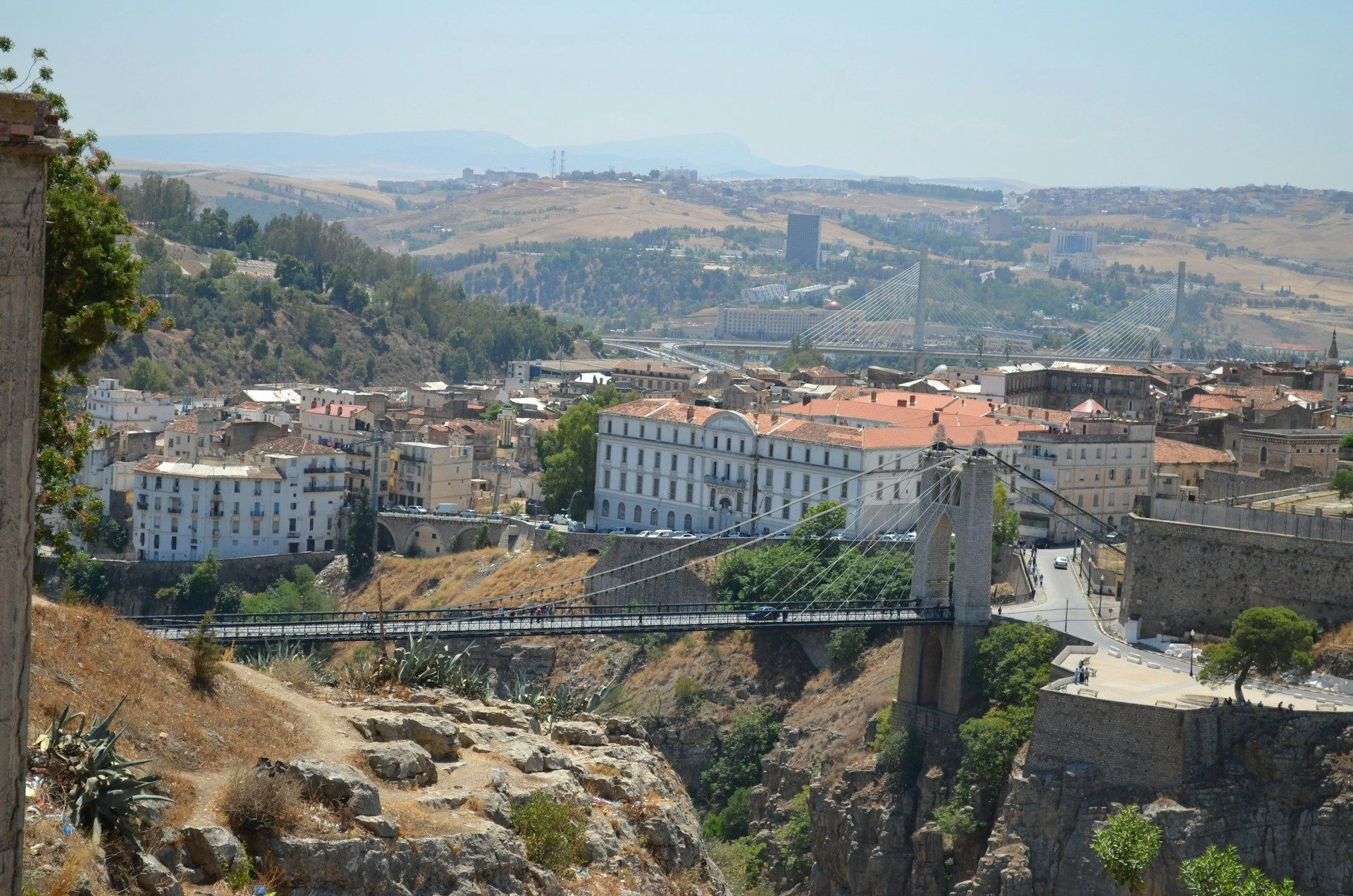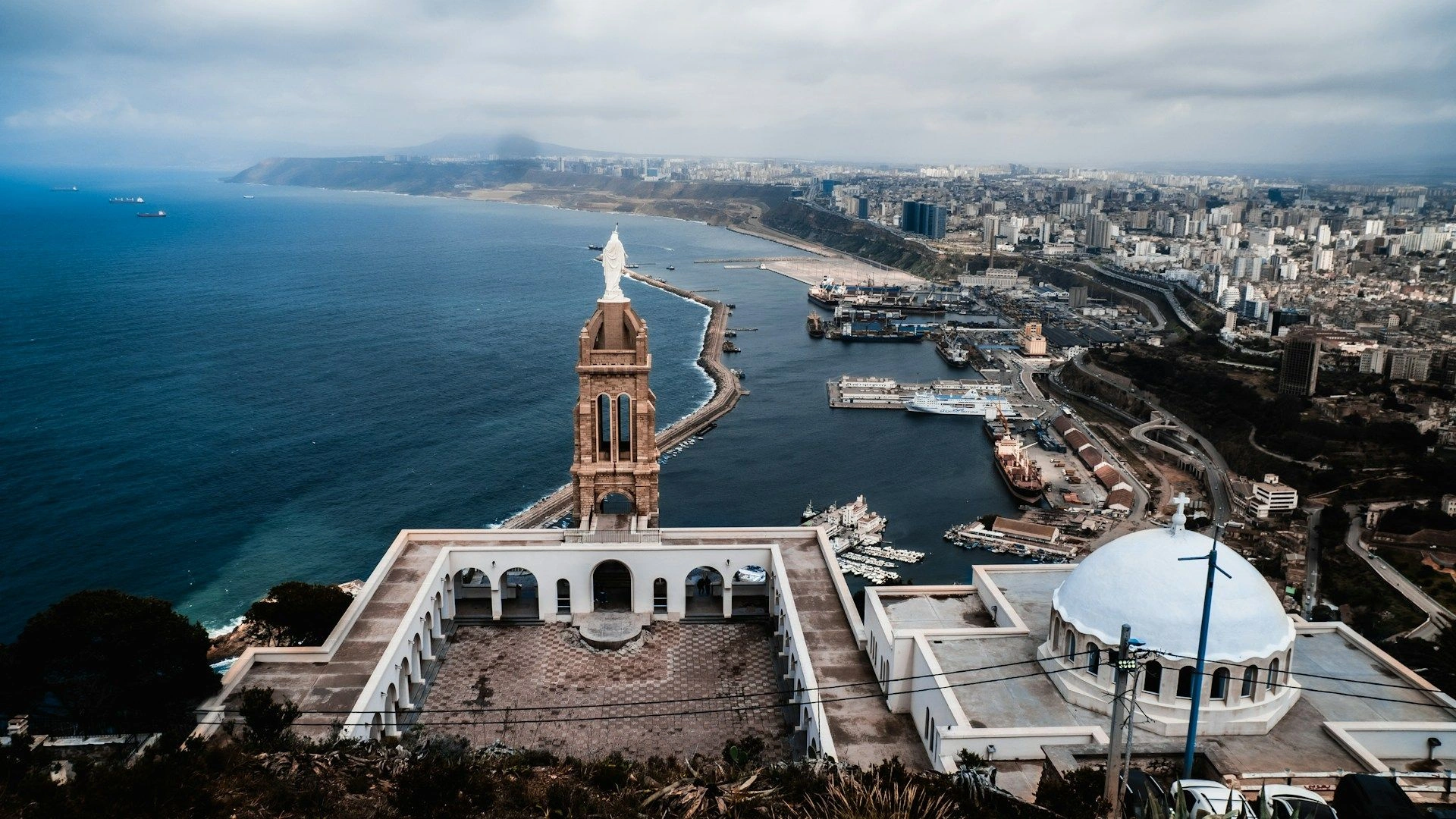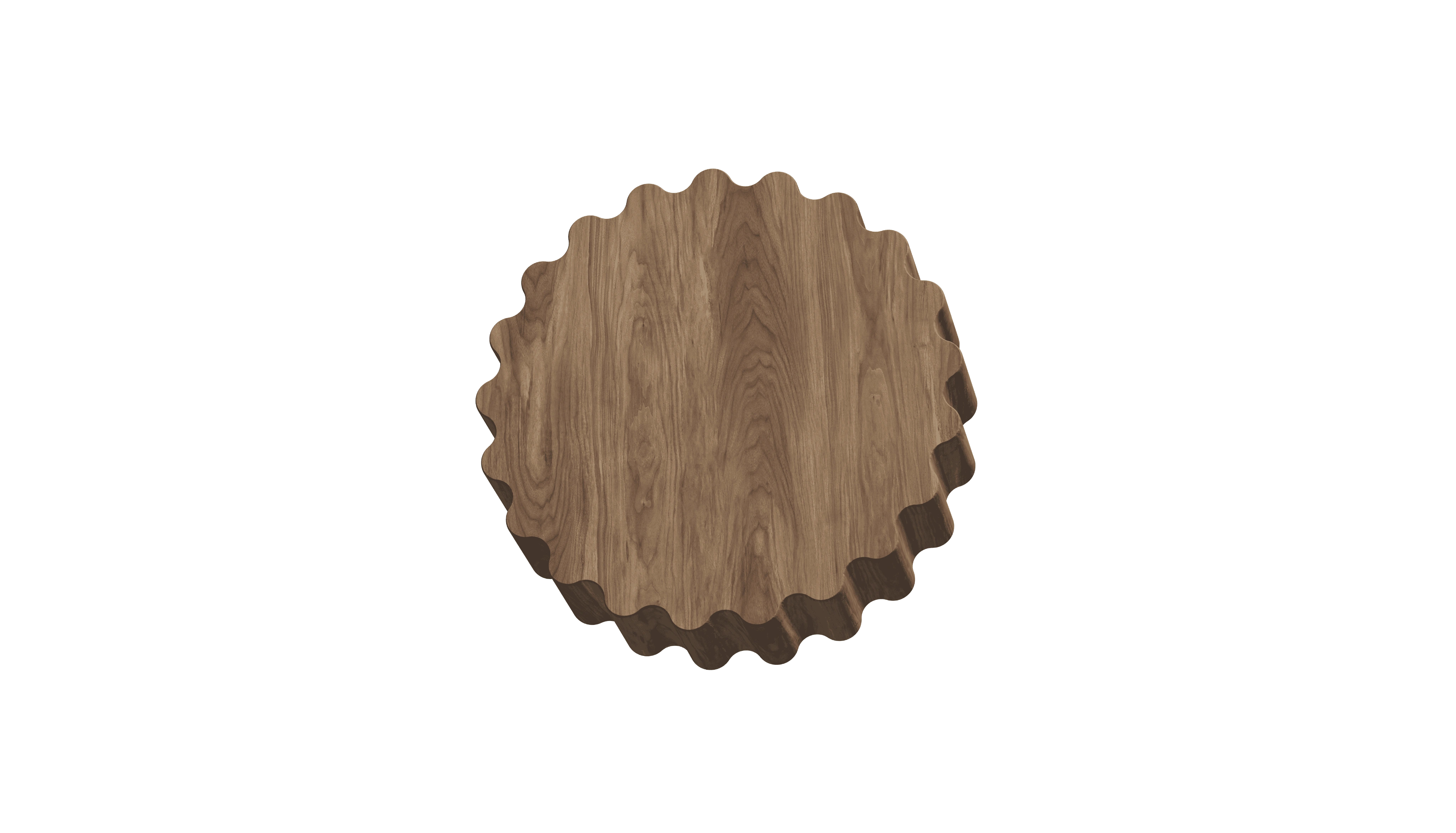Expert-Selected Secondary Real Estate in AlgeriaTurnkey coastal villas, historic homeswith stable returns
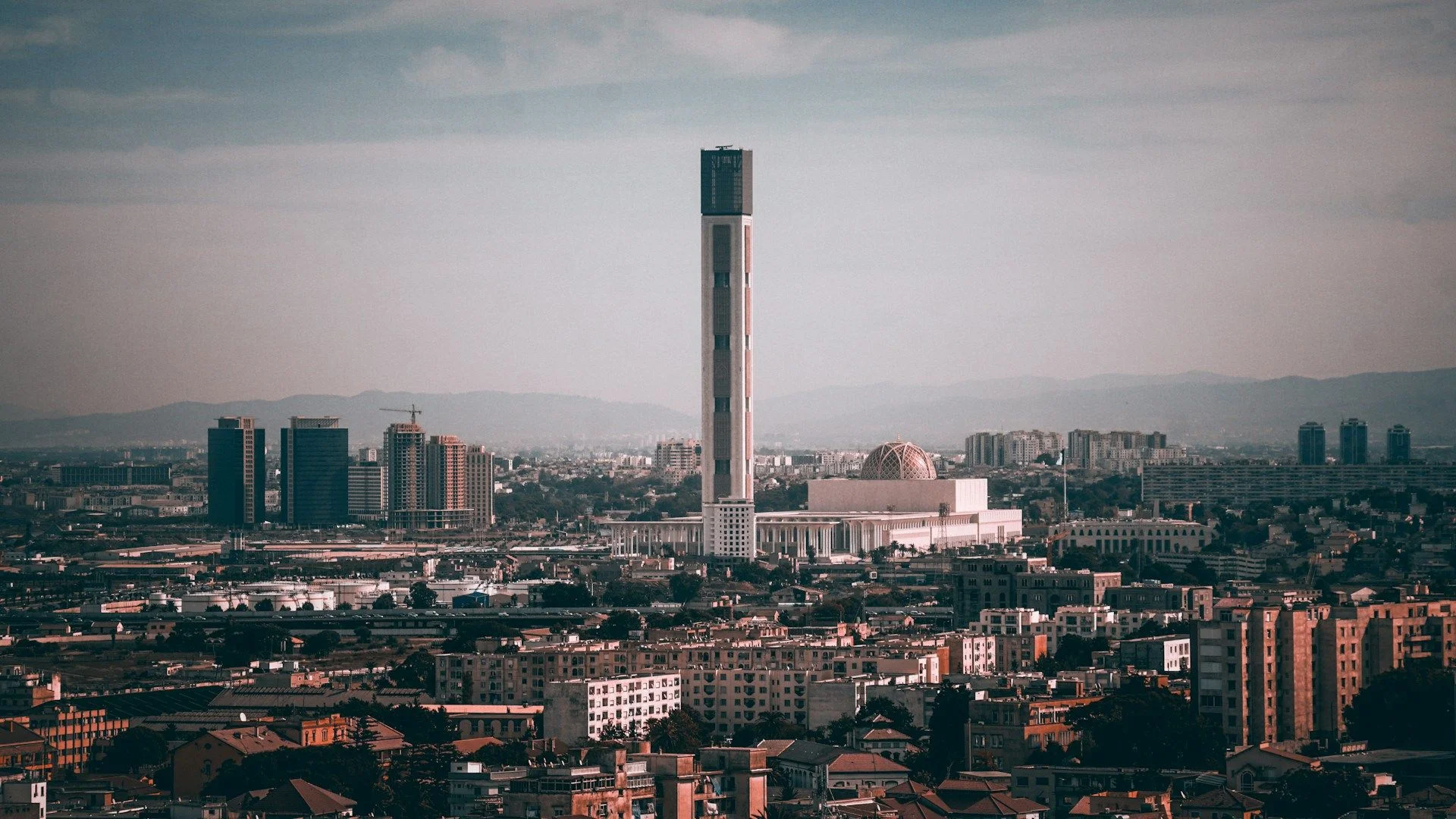
Popular
cities and regions in Algeria
Best offers
in Algeria
Benefits of investment in
Algeria real estate
Ready-to-Move Homes
Secondary properties in Algiers, Oran, and Constantine often come fully renovated with contemporary fixtures and finishes, enabling buyers to occupy or rent immediately without waiting for repairs or upgrades.
Proven Market Demand
Algeria’s secondary real estate benefits from sustained interest by expatriates, local families, and investors seeking predictable yields. Documented transaction histories across coastal and historic cities provide transparent pricing benchmarks and streamlined resale processes.
Established Infrastructure
Mature neighbourhoods in Algiers, Annaba, and Tipaza feature reliable utilities, paved roads, and efficient public transport links. Buyers enjoy immediate access to schools, healthcare facilities, and retail centres, enhancing both lifestyle and long-term asset desirability.
Ready-to-Move Homes
Secondary properties in Algiers, Oran, and Constantine often come fully renovated with contemporary fixtures and finishes, enabling buyers to occupy or rent immediately without waiting for repairs or upgrades.
Proven Market Demand
Algeria’s secondary real estate benefits from sustained interest by expatriates, local families, and investors seeking predictable yields. Documented transaction histories across coastal and historic cities provide transparent pricing benchmarks and streamlined resale processes.
Established Infrastructure
Mature neighbourhoods in Algiers, Annaba, and Tipaza feature reliable utilities, paved roads, and efficient public transport links. Buyers enjoy immediate access to schools, healthcare facilities, and retail centres, enhancing both lifestyle and long-term asset desirability.
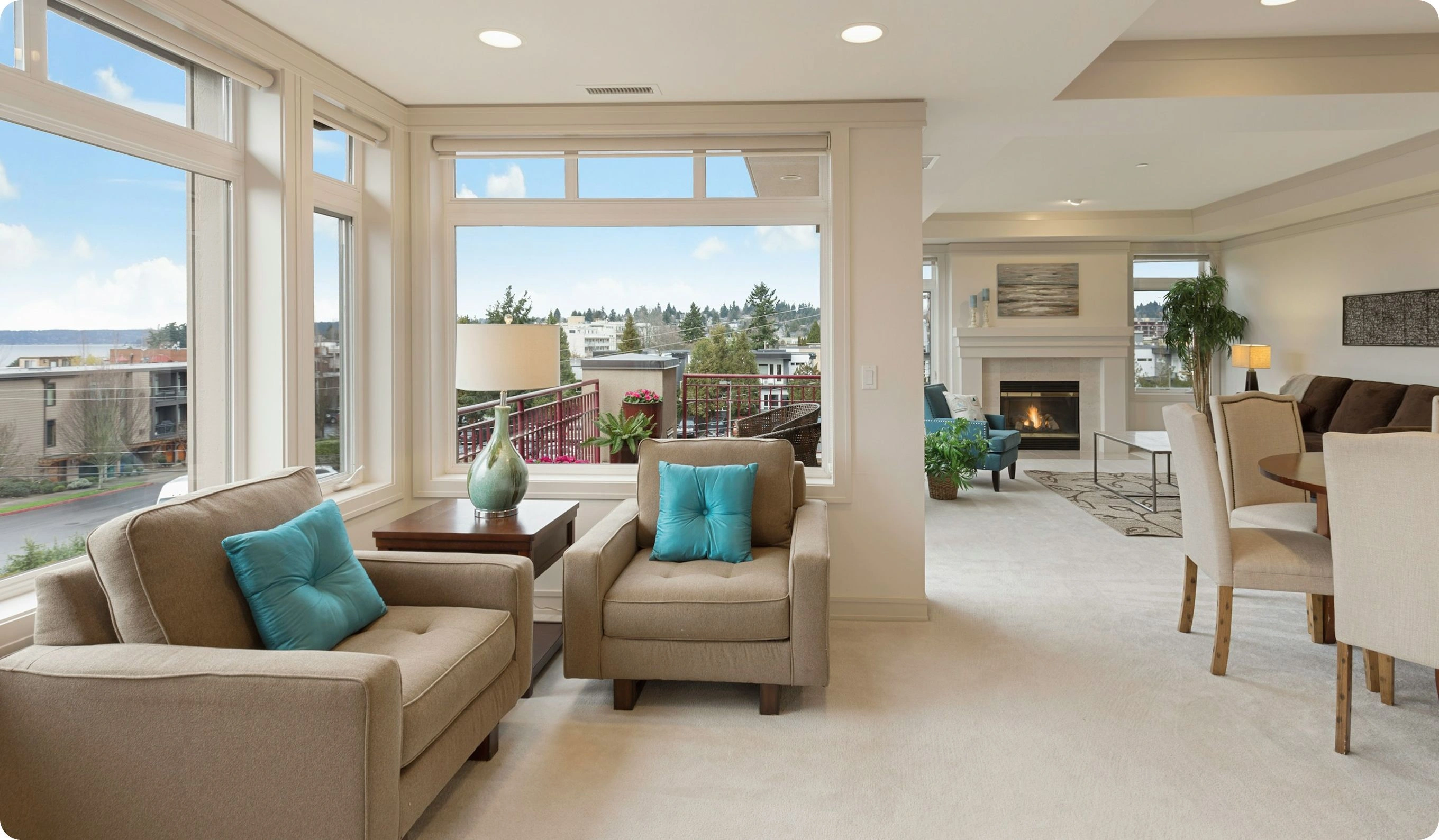
Useful articles
and recommendations from experts
Discover Established Secondary Real Estate Opportunities in Algeria
Why secondary properties attract buyers
Investors and home-seekers are increasingly drawn to Algeria’s secondary real estate market for its blend of cultural heritage, immediate usability, and financial transparency. Unlike off-plan developments that carry the risk of construction delays, scope creep, and shifting regulatory requirements, pre-owned homes and apartments in established urban and coastal districts come with proven utility connections—steady municipal water supply, reliable electricity grids, and functional sewage systems—eliminating uncertainties around service activation. Many properties showcase distinctive architectural details: Art Deco façades in Algiers’ El-Hamma district, whitewashed stone courtyards in Tipaza’s seaside quarter, or traditional Moorish arches in Constantine’s old town. These character-rich elements are complemented by modern interior renovations—energy-efficient glazing, contemporary kitchens, and upgraded HVAC systems—resulting in turnkey assets that command premium tenant and buyer interest. Transparent past transaction records, accessible via notarial archives and public registries, provide clear pricing benchmarks, enabling precise market valuation and risk assessment. Coupled with sustained demand from expatriate professionals, local families, and short-term visitors, secondary real estate in Algeria offers predictable rental yields and strong resale prospects, making it a compelling choice for strategic property allocations.
Established neighbourhoods
Algeria’s secondary market is anchored in well-developed neighbourhoods, each offering unique advantages. In Algiers, the upscale districts of Hydra and El-Biar combine renovated villas and apartment blocks with central access to diplomatic enclaves and international schools, catering to embassies and global companies. Oran’s La Corniche and Sidi El Bachir areas boast coastal promenades, restored colonial buildings, and beachfront complexes, appealing to both lifestyle buyers and holiday renters. Constantine’s old town—perched on dramatic gorges—features heritage apartments converted into modern flats with panoramic vistas, while suburban zones like El-Khaldia offer spacious family homes on established road networks. Annaba’s Mellah and Ras El-Karim quarters deliver designer penthouses above bustling shopping districts, leveraging proximity to industrial ports and university campuses. Further south, Ghardaïa presents restored adobe dwellings within UNESCO-listed Islamic quarters, drawing niche investors interested in cultural tourism. Across all regions, mature infrastructure—paved streets, dependable utilities, and public transport systems—ensures minimal post-purchase investment, allowing buyers to focus on value optimization rather than foundational upgrades.
Who buys secondary real estate
The buyer profile for Algeria’s secondary real estate spans multiple segments. Local middle-income families prioritize established homes in vetted school zones of Algiers’ Bab El-Oued and Birkhadem, valuing turnkey readiness and community cohesion. Expatriates and NGO staff—particularly in Constantine and Annaba—seek fully furnished flats near international institutions and healthcare facilities, emphasizing immediate occupancy and security. Seasonal vacationers and short-term tenants target coastal properties in Tipaza and Bejaïa, where proven tourism cycles guarantee high rental occupancy during peak months. Aspiring investors from Europe, the Middle East, and North Africa leverage transparent transaction data to acquire mid-rise apartment blocks for stable cash flows, often focusing on mixed-use buildings with ground-floor retail potential. Retirees and downsizers choose heritage residences in quieter suburbs of Oran and Tlemcen for cultural immersion and leisurely lifestyles, appreciating the blend of tradition and modern convenience. Across all buyer types, risk mitigation through documented permit histories and community-based management structures drives informed decision-making, supported by tailored advisory from VelesClub Int.
Market types and price ranges
Algeria’s secondary market accommodates diverse investment scales, from budget-friendly studios to luxury coastal villas. Entry-level one-bedroom apartments in suburban Algiers districts like Kouba and Hussein Dey range from USD 30,000 to USD 50,000, offering simple finishes and shared utilities suitable for first-time buyers. Mid-segment two- and three-bedroom flats in Hydra, Sidi Bel Abbès, and Annaba trade between USD 60,000 and USD 120,000, reflecting proximity to business districts and renovated communal areas. Premium penthouses and renovated historic townhouses in El-Biar and Tipaza command USD 150,000 to USD 300,000, driven by sea views and architectural character. For larger portfolios, mixed-use apartment complexes with four to eight units in Algiers’ Bab Ezzouar and Oran’s Hai-El-Bayadh float between USD 250,000 and USD 500,000, delivering economies of scale and diversified income streams. Mortgage financing from local banks is available at competitive interest rates—often requiring 20–30% down payments—and structured repayment plans. Historical rental yields across these segments average 5–8%, bolstered by stable urban demand and seasonal tourism in coastal areas, ensuring that both income-focused and capital-growth investors find opportunities aligned with their financial objectives.
Legal process and protections
Acquiring secondary real estate in Algeria is governed by civil and property codes that ensure standardized due diligence and buyer safeguards. The conveyancing process begins with a preliminary reservation agreement (réservation) and a deposit—commonly 5–10% of the purchase price—held in escrow by a licensed notary. Buyers must obtain a certificat de conformité verifying compliance with municipal planning regulations, as well as a certificat de situation fiscale confirming tax status of the property. Mandatory inspections include structural assessments and surveys for asbestos or lead in older buildings, mandated under national health and safety directives. The final acte de vente (public deed) is executed before a notary, after which transfer duties (droits d’enregistrement) and registration fees—calculated on a sliding scale based on property value—are remitted. Title is then registered in the Conservation Foncière, ensuring legal recognition and protection against future liens. Foreign investors benefit from bilateral investment treaties that guarantee repatriation of rental income and capital gains. VelesClub Int. orchestrates every legal step—coordinating notarial services, municipal filings, and tax clearances—to streamline closing, mitigate risks, and uphold client interests throughout the transaction.
Best areas for secondary market
Among Algeria’s prime secondary market hotspots, Algiers’ coastal quarter of Zeralda stands out for its beachfront villas and gated communities offering resort-style living within city limits. Hydra and El-Biar remain perennial favourites for diplomatic residents and corporate executives, with low-rise contemporary flats above embassies and cultural centres. In Oran, Sidi El Bachir combines renovated colonial architectures with elite residential streets, while Arkoub’s hillside villas deliver panoramic Mediterranean vistas. Constantine’s Goulmine and El-Khroub districts showcase restored historic homes along cliff-edge promenades, attracting cultural tourists and expatriates. Annaba’s Mellah and Rahmania areas balance urban convenience with ports-side penthouses, supporting commercial tenants. Ghardaïa’s M’zab Valley villages—though niche—offer UNESCO-listed adobe dwellings with strong heritage appeal, commanding premium short-term rental rates. Across these locations, localized market intelligence—transaction volumes, rental occupancy rates, and infrastructure upgrades—guides strategic acquisitions. VelesClub Int.’s proprietary neighbourhood scoring model and on-the-ground research ensure clients identify the most promising sub-markets for both capital growth and income generation in Algeria’s diverse secondary landscape.
Why choose secondary over new + VelesClub Int. support
Opting for secondary real estate in Algeria delivers distinct advantages over new construction: immediate occupancy, demonstrable performance records, and avoidance of development risk. Buyers sidestep project delays, cost overruns, and regulatory changes by choosing turnkey assets with proven utility networks and transparent historical pricing. Secondary homes often feature unique architectural character—colonial facades, vaulted courtyards, or maritime-inspired balconies—that new builds cannot replicate, enhancing long-term desirability. Lower entry premiums compared to off-plan developments free capital for interior customizations, high-yield renovations, or portfolio diversification across multiple cities. Established infrastructure—reliable water, electricity, and transport links—ensures minimal post-purchase investment, while documented transaction histories provide data-driven confidence in valuation and exit strategies. VelesClub Int. empowers clients with end-to-end expertise: sourcing exclusive off-market listings, conducting exhaustive due diligence, negotiating optimal terms, and managing all legal formalities. Post-acquisition, our comprehensive property management solutions—tenant placement, maintenance coordination, and performance reporting—accelerate revenue generation and preserve asset value. Through ongoing portfolio monitoring, annual market reviews, and strategic advisory, VelesClub Int. ensures that investors and homeowners alike maximize the potential of Algeria’s vibrant secondary real estate market with clarity, efficiency, and strategic foresight.
